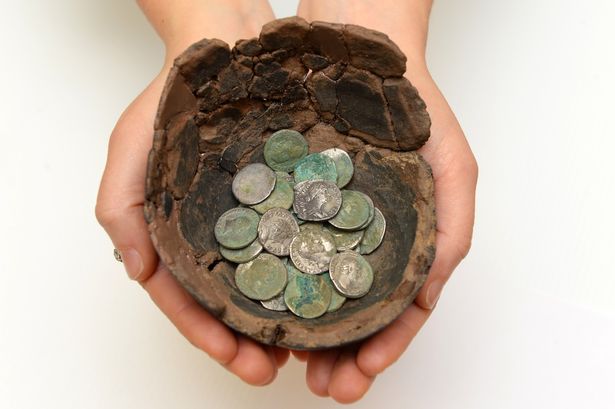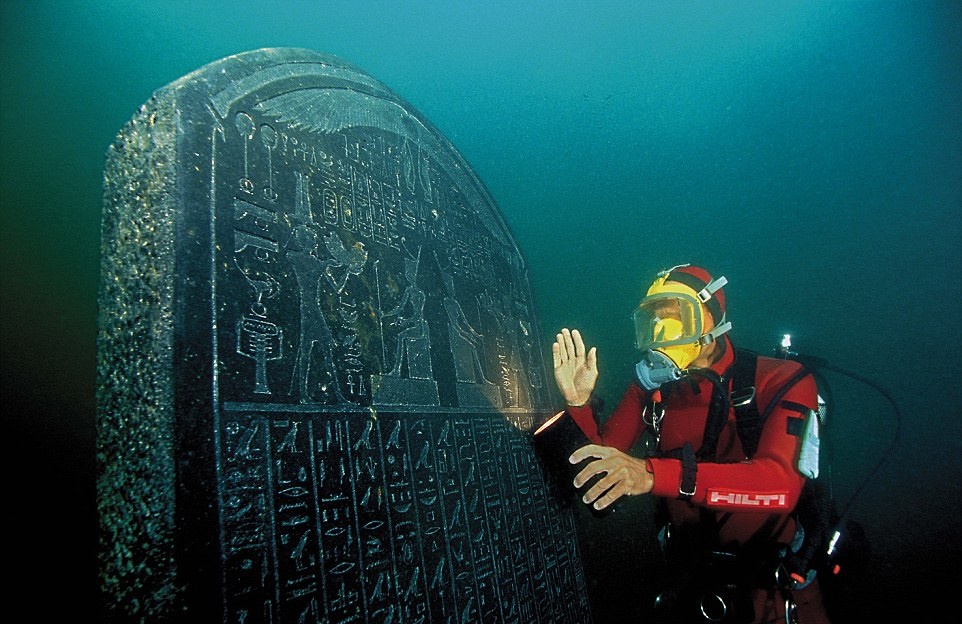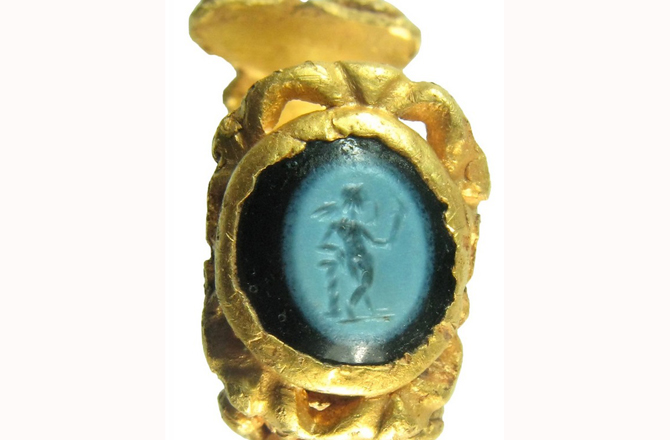The Great London:
Archeology
UK: 'Unique' Roman tombstone found in Cirencester

UK: The stage is set at Shakespeare's Curtain Theatre

UK: 76 skeletons discovered at Saxon Woolwich

UK: 500-year-old English Bible reveals Reformation secrets

UK: Dig at theatre where Shakespeare worked uncovers a surprise

UK: Roman coins issued by Mark Antony found in Welsh field

UK: 1,967 bodies exhumed at Georgian-era cemetery in UK

UK: Tudor church graffiti records names of plague victims

UK: British Museum to launch first major exhibition of underwater archaeology in May 2016

UK: Tiny Tudor treasure hoard found in Thames mud

UK: Roman gold ring depicting Cupid found in UK

UK: Archaeologists search for Roman remains in Gloucester

France: 6,000-yr-old skeletons in French pit were victims of violence

UK: Black death 'plague pit' discovered at 14th century monastery hospital

Australia: Wreck of former slave ship off West Australian coast mapped in 3D

Great Legacy: Cyprus antiquity repatriated from United Kingdom

Breaking News: Neanderthals killed off by diseases from modern humans, claims study

UK: The culinary habits of the Stonehenge builders

Forensics: Five things you can learn from a Roman skeleton

UK: Stonehenge's bluestones moved by glaciers
